Simpson & Partners’ elegant home EV chargers are the ultimate high-tech cottage industry
Its compact, neat and powerful EV chargers make the Home Series from Simpson & Partners one of the most discreet and design-conscious on the market
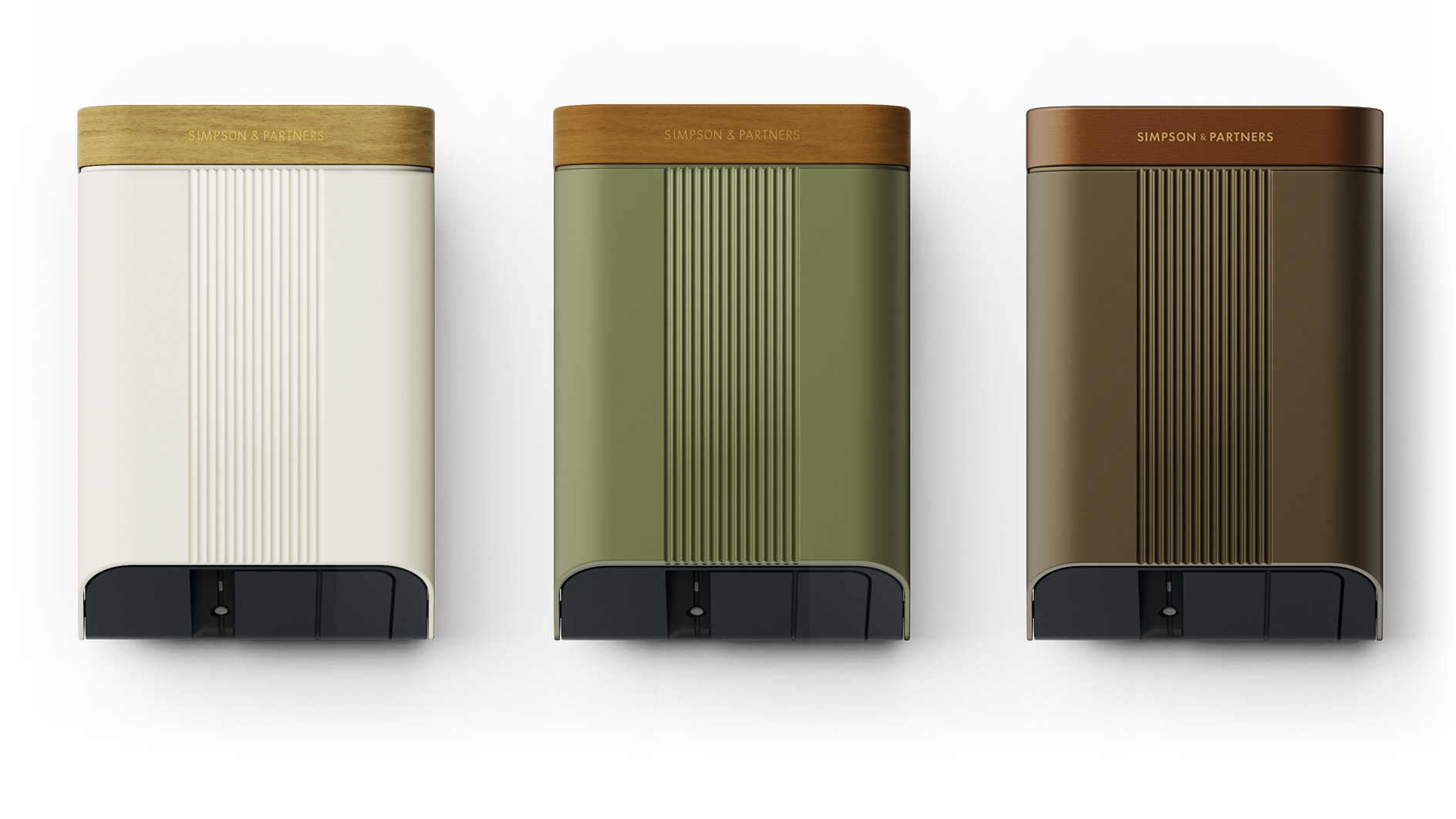
Mandy and David Simpson started shipping EV chargers from their factory in the Cotswolds in 2021. As EV deliveries ramp up across the UK, we spoke to Mandy Simpson, a former fashion designer, about the brand’s first product, The Home Series, about scale, design and future ambitions.
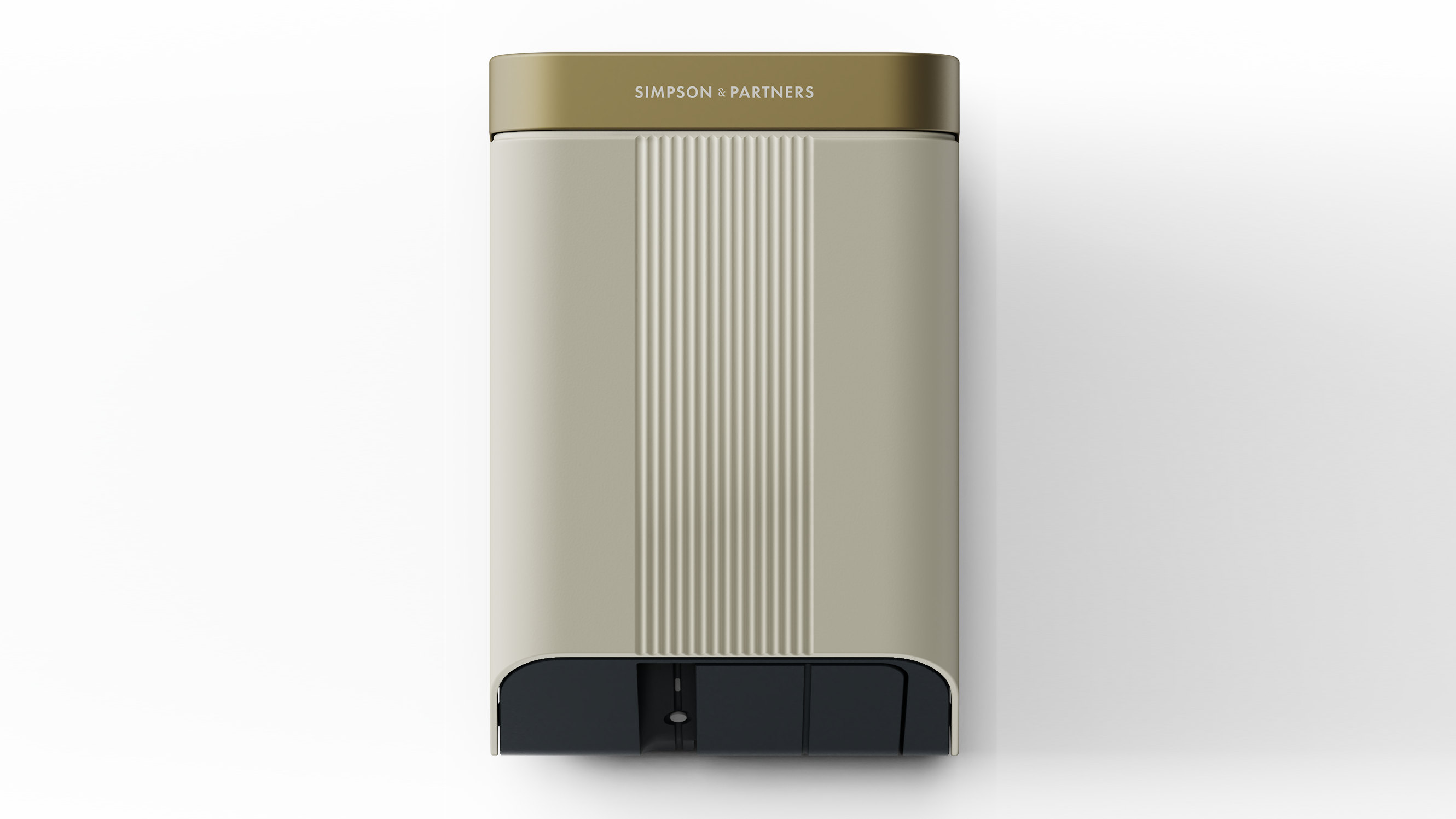
The Home Series is offered with three power levels, 7kW, 7kW with solar charge and power balance and 22kW
Wallpaper*: What inspired you to change career direction and get into the EV world?
Mandy Simpson: I had an 18-year career in fashion design. It was exciting to travel the world for inspiration and work with some of the best mills, denim plants and print houses in the industry. I had some wonderful experiences along the way. However, I reached a point where I was tired of the non-sustainability of clothes and fast-fashion production and was ready for another challenge. EVs seemed to be the future, although I had to Google what EV stood for. Then when we couldn’t find a home charger that we liked, we thought we could make one ourselves. It was a classic case of seeing a gap in the market and thinking we could create something better.
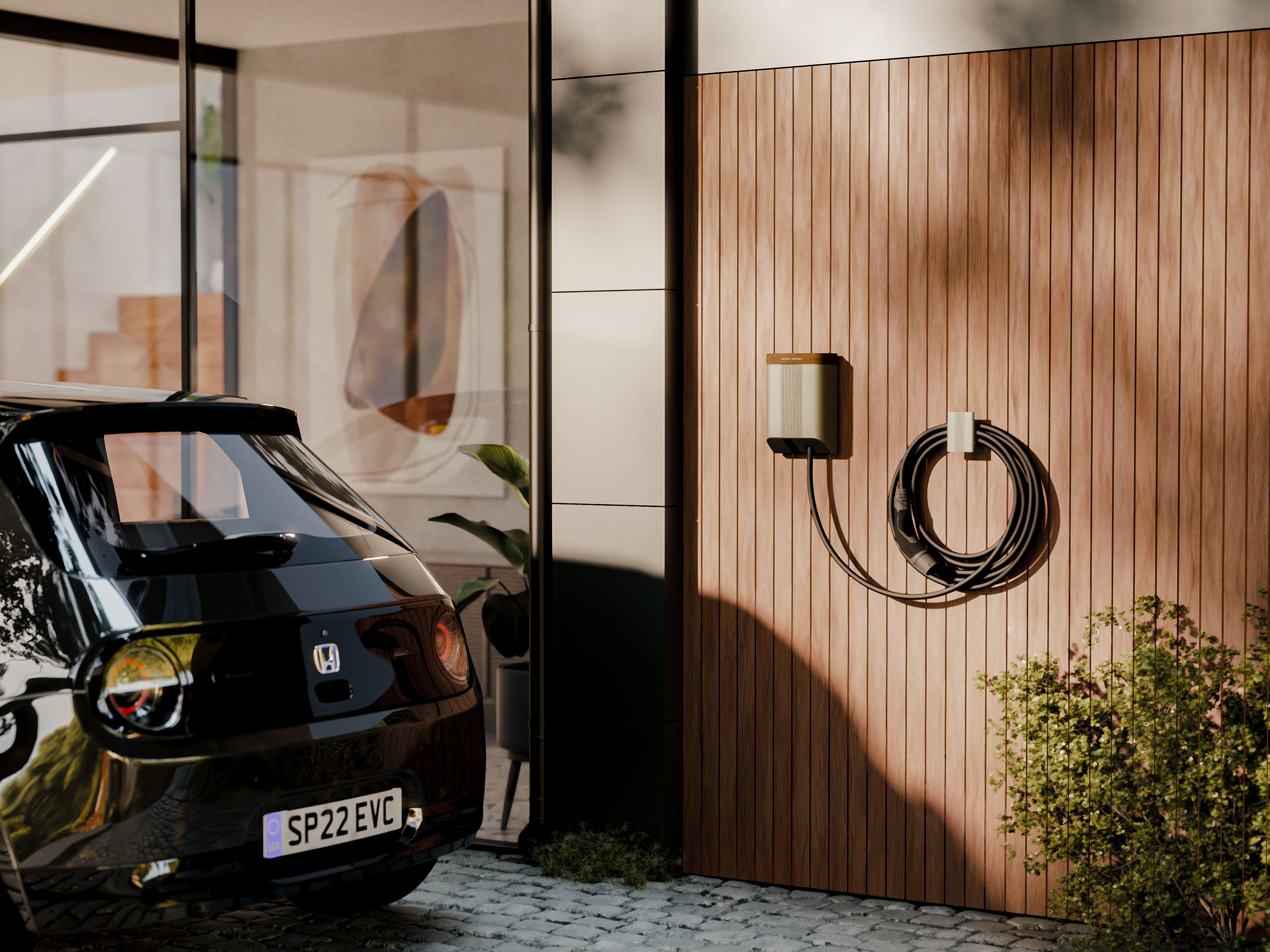
The Home Series EV chargers by Simpson & Partners with the Honda e
W*: What are the new things you have brought to EV chargers in terms of design, appearance, etc?
MS: We have brought together product design, mechanical engineering and electronics expertise all under one roof. This is something that I learnt from fashion, and it really gives you an advantage. This allows us to create products that are better designed, higher-quality and ultimately better value.
We are really committed to manufacturing and are proudly made in Britain. Sustainability is about longevity, and we operate a hyper-local supply chain. We constantly source suppliers that are located within a 50-mile radius and we work closely with them to minimise CO2 and plastic in shipping. Our EV charger caps are made from sustainable Accoya wood from fast-growing trees in FSC-certified forests.
We have an unrivalled 107 different colour combinations. I draw inspiration from some of the world’s best architecture, stoneware and nature. I hope I have put together a curated colour choice that respects your architectural aesthetic and environment.
Wallpaper* Newsletter
Receive our daily digest of inspiration, escapism and design stories from around the world direct to your inbox.
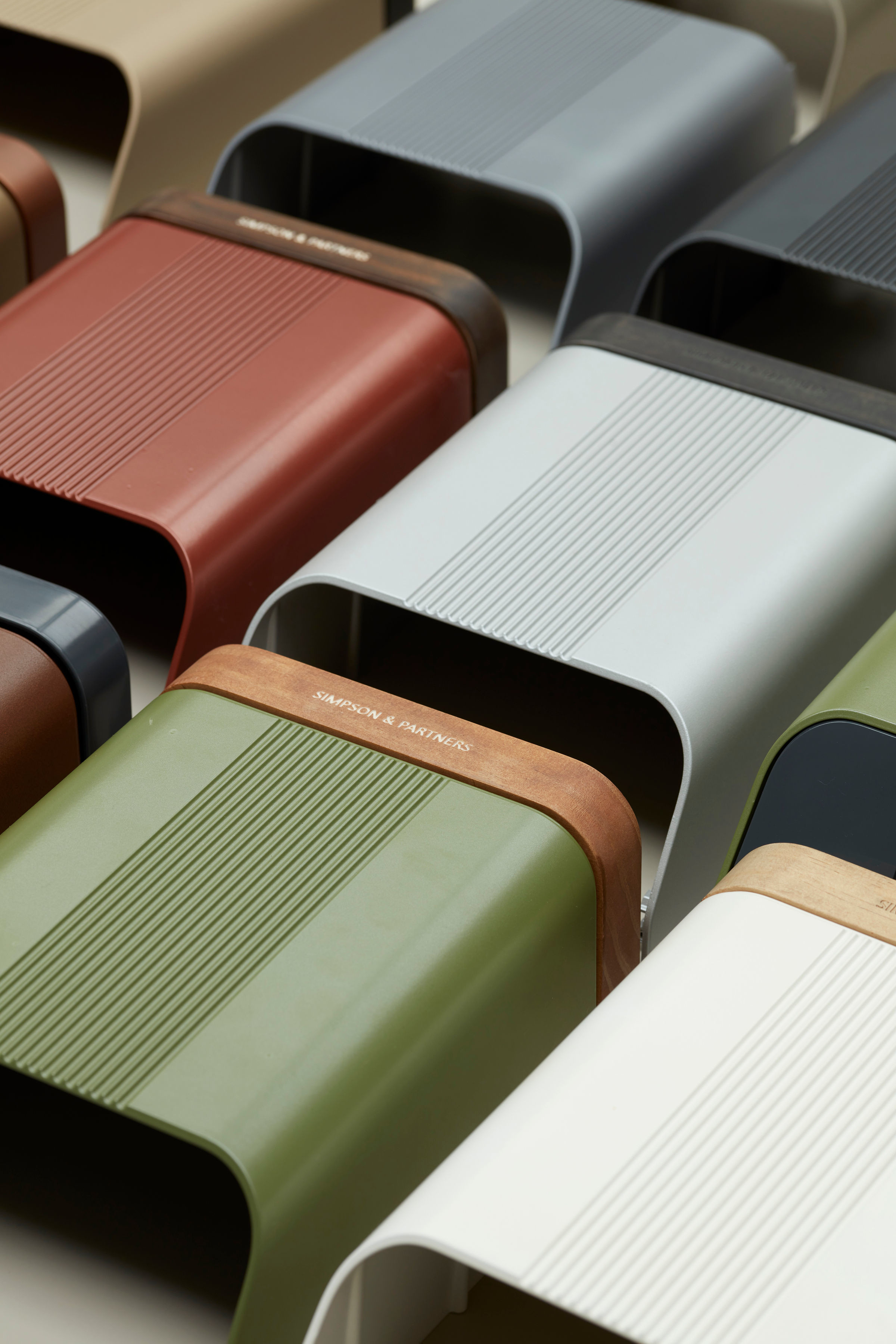
The Home Series is available in with 107 different colour combinations
The Home Series charger is ergonomic and compact – one of the smallest on the market, smaller than an A4 sheet of paper. It looks simple, but I assure you it’s not. We designed electronics hand-in-hand with the enclosure design, so the outside form wasn’t compromised. We wanted high performance with safe electronics, cocooned in beautiful industrial product design. It’s subdued, not flashy with touch screens or flashing lights.
Our chargers are solar-ready and work with smart energy tariffs, giving the user energy control and real features that you actually need. We feel that it’s our responsibility to champion great design and products that are easy to use. We are here to offer a real long-term value proposition for EV drivers. That is our goal.
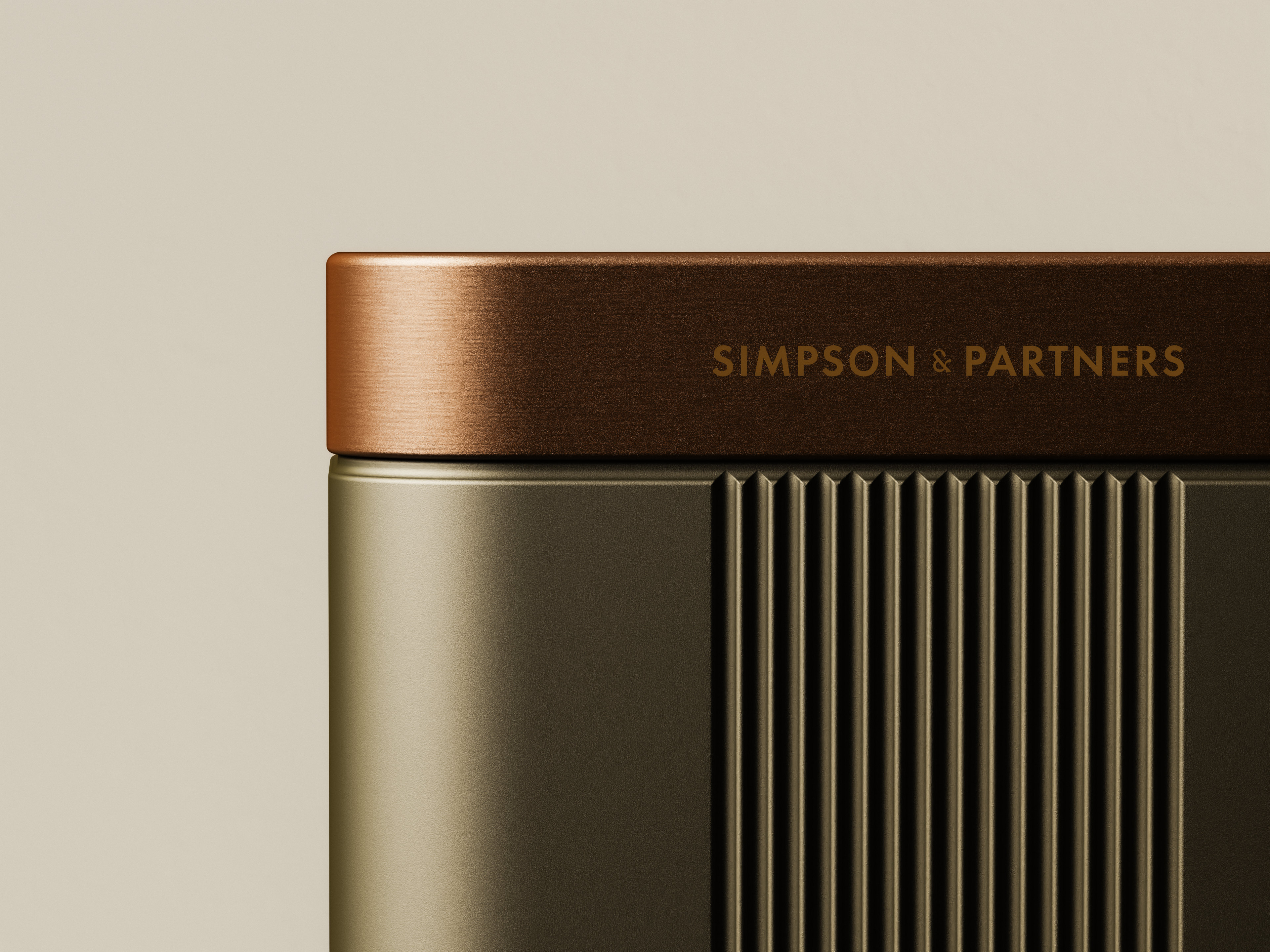
W*: Were these decisions inspired by customer feedback or did you feel they were missing in the market?
MS: We knew from a previous business that people love colour choice. But we felt that high-quality and value for money was missing. We are here to inject long-life value into our products. We use industrial-grade electronics, precision-engineered metal caps with an anodised finish and metal fronts. We don’t expect our chargers to end up in the landfill in a few years or fade in the sun. We felt subtle, restrained design was missing too. Sometimes is what’s not there that makes it right.
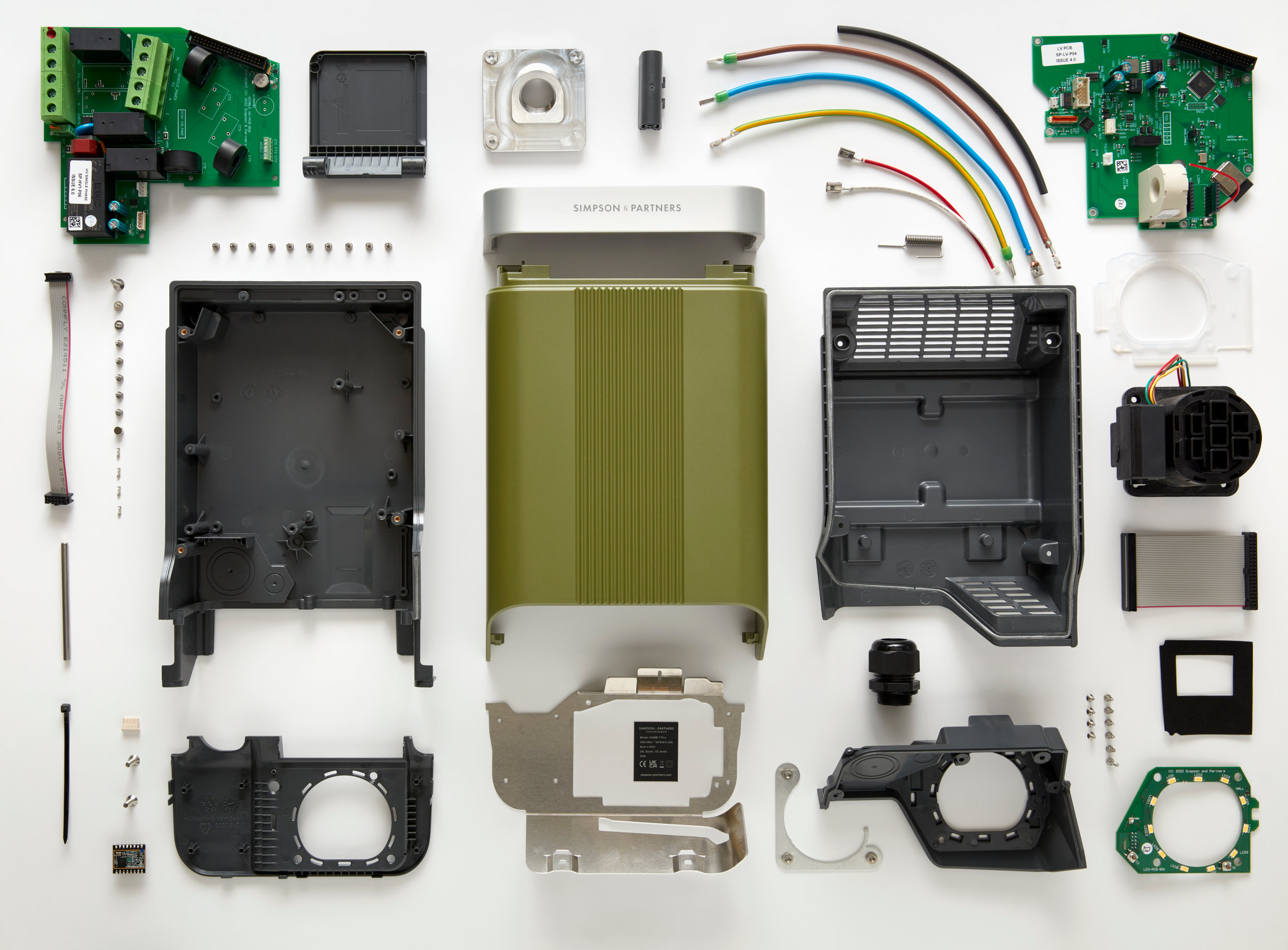
The charger has been meticulously designed, inside and out
W*: What's the typical customer profile?
MS: Our customers are intelligent and mindful, and they enjoy customising their colour combinations. They are enjoying their first steps into EVs and are usually buying their first EV charger. They are making efforts to understand the value of what they are getting. We also have tech-savvy customers that are really into their tech and solar energy management.
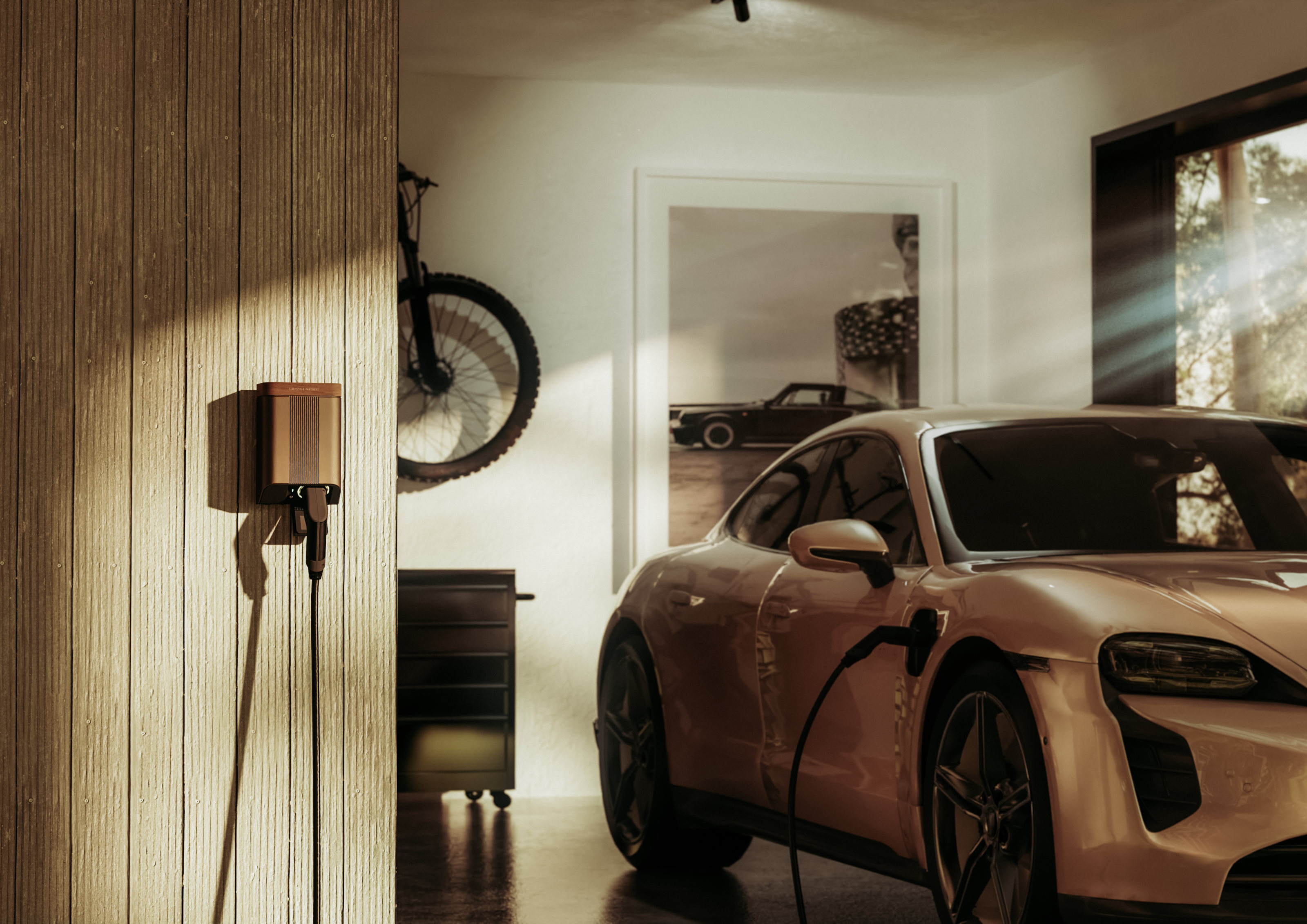
The Home Series EV chargers by Simpson & Partners with the Porsche Taycan
W*: How do you think this particular product will evolve over the next few years? More power, smaller, etc?
MS: We will always ensure that our product design has the Simpson & Partners aesthetic. From an electronic functionality point of view, we will continue to innovate the feature sets that we know people use and avoid the trend of adding new features just for the sake of it. In today's crowded home tech environment, we are constantly saturated with new features.
When you are crossing the road into EV, I always tell customers to look both ways. Get a charger that looks forward into the future but also choose one that feels familiar and is designed to look great for a long time.
The Home Series by Simpson & Partners, from £649, Simpson-Partners.com
Jonathan Bell has written for Wallpaper* magazine since 1999, covering everything from architecture and transport design to books, tech and graphic design. He is now the magazine’s Transport and Technology Editor. Jonathan has written and edited 15 books, including Concept Car Design, 21st Century House, and The New Modern House. He is also the host of Wallpaper’s first podcast.
-
 This new Vondom outdoor furniture is a breath of fresh air
This new Vondom outdoor furniture is a breath of fresh airDesigned by architect Jean-Marie Massaud, the ‘Pasadena’ collection takes elegance and comfort outdoors
By Simon Mills
-
 Eight designers to know from Rossana Orlandi Gallery’s Milan Design Week 2025 exhibition
Eight designers to know from Rossana Orlandi Gallery’s Milan Design Week 2025 exhibitionWallpaper’s highlights from the mega-exhibition at Rossana Orlandi Gallery include some of the most compelling names in design today
By Anna Solomon
-
 Nikos Koulis brings a cool wearability to high jewellery
Nikos Koulis brings a cool wearability to high jewelleryNikos Koulis experiments with unusual diamond cuts and modern materials in a new collection, ‘Wish’
By Hannah Silver